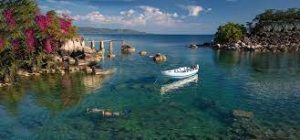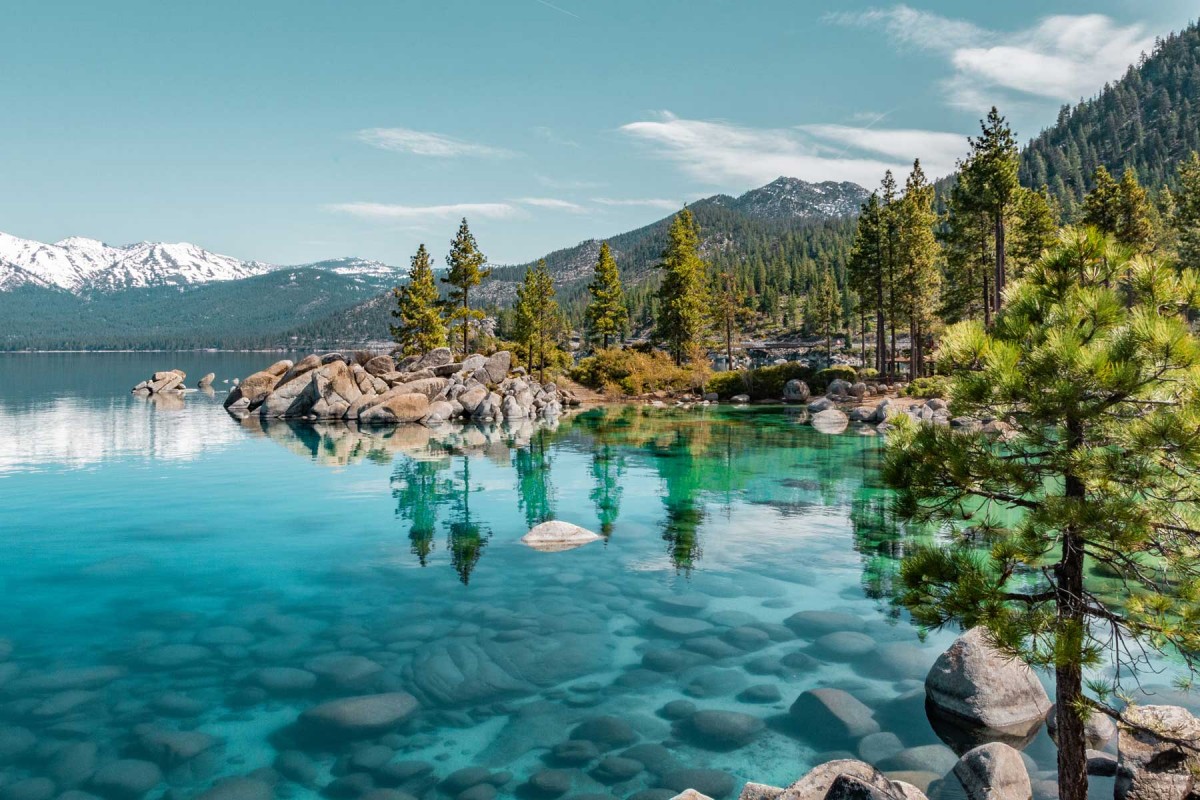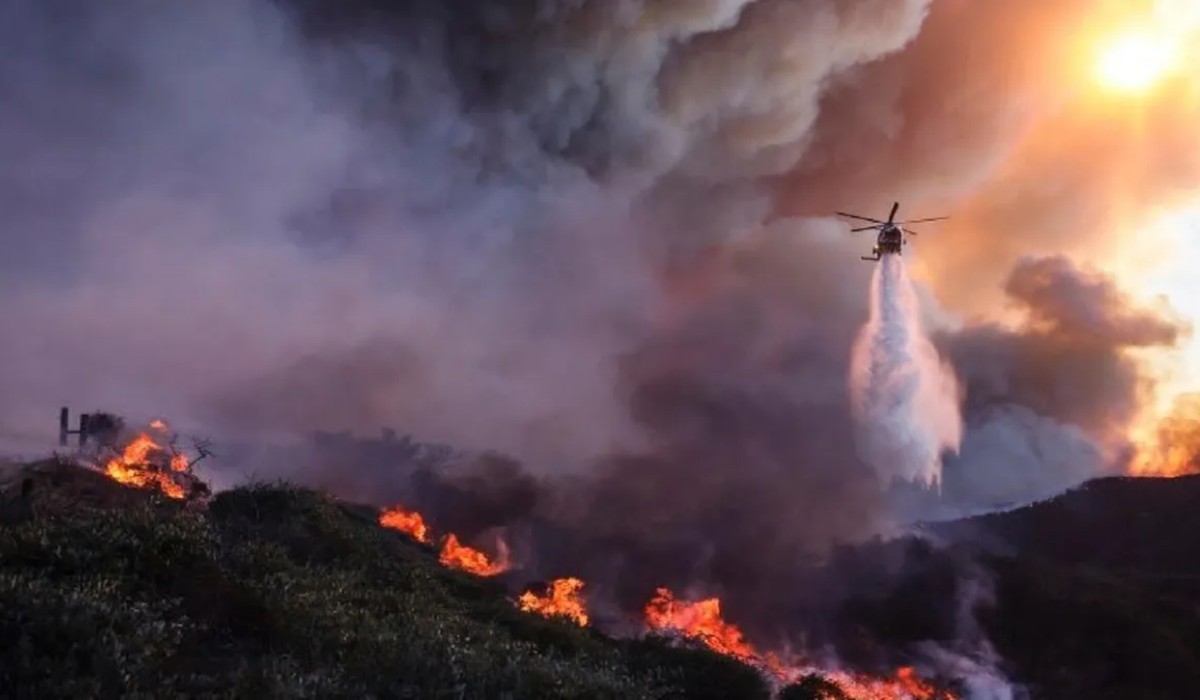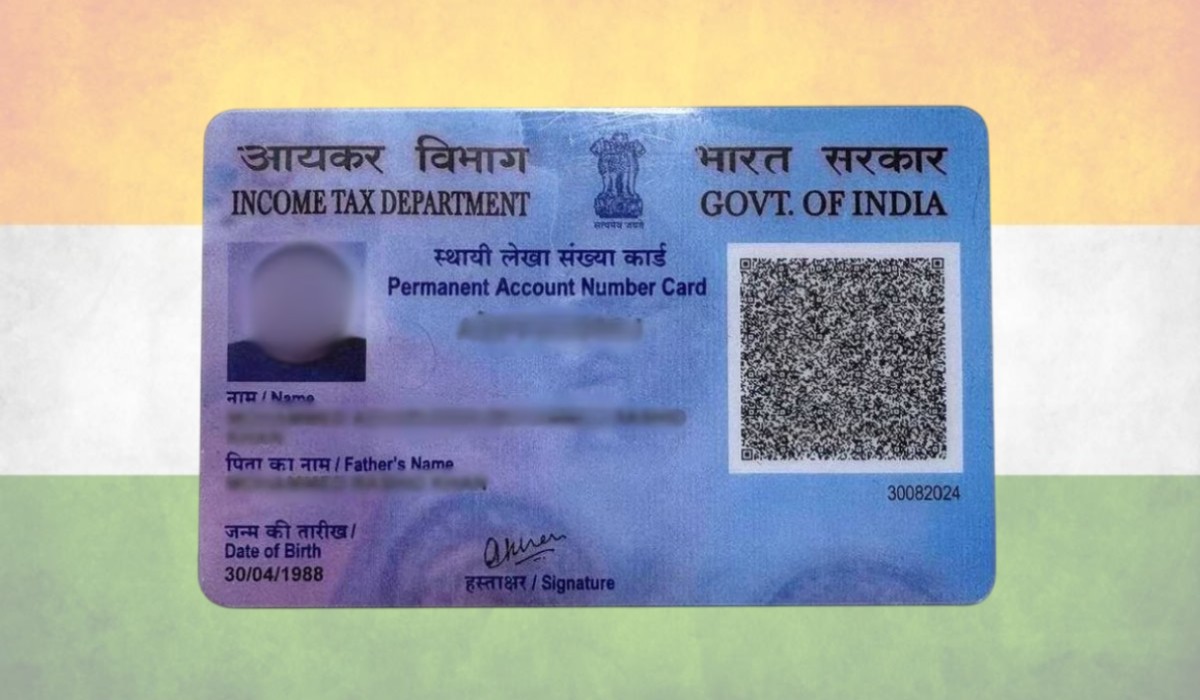The 5 Deepest Lakes in the World
Lakes vary in size and depth. Some are enclosed and can only lose water through evaporation, while others are open lakes where the water eventually ends up in the sea. Most lakes are freshwater, while a few lakes are salty
1. Lake Matano, Indonesia

Lake Matano, also called Matana, is a natural lake located in South Sulawesi, Indonesia. Measuring up to 1,940 feet or 590 meters deep, Lake Matano is considered the 10th deepest lake in the world. The surface height above the mean sea level is only 382 meters (1,253 feet), indicating that the lake’s deepest part is below sea level. Vale Canada Limited, one of the world’s largest nickel mines, owns Lake Matano. Still, the water is crystal clear and provides excellent visibility. Tourists travel to the lake every year for the Lake Matano Festival and popular activities like boating, swimming, fishing, and even diving.
2. Crater Lake, USA

Ranking as the world’s 9th largest lake, Crater Lake in the south-central Oregon of western United States goes down to 1,943 feet or 594 meters deep, making it the deepest lake in the U.S. The water in the lake, which is known for its magnificent blue color, comes directly from snow or rain. There are no entrances from other waterways or water sources. This ensures that no debris or mineral deposits are carried into the lake, preserving its rich hue and making it one of the cleanest and clearest bodies of water on the planet. It is one of the main attractions in Crater Lake National Park, and visitors are welcome to swim in approved spots.
3. Great Slave Lake, Canada

If Crater Lake surpasses the depth of all lakes in the U.S, Great Slave Lake owns the crown for being the deepest lake in all of North America. As the world’s 8th deepest lake, Great Slave Lake also makes it to the top 10 largest lakes in the world. The Great Slave Lake measures 2,014 feet or 614 meters deep. It is located in Canada’s Northwest Territories and is named after an indigenous group called the Slave or Slavey, who inhabited the lake’s shoreline about 8,000 years ago. Great Slave Lake has a surface area that extends to 10,502 sq mi, making it the second-largest lake in Canada. Because of the cold northern environment, the site is densely populated.
6. Lake Malawi, Mozambique, and Tanzania

Also known as Lake Nyasa, Lake Malawi is a narrow lake stretching across two countries between Mozambique and Tanzania in Africa. Despite its thin and long surface area, you should never underestimate its depth. Measuring a depth of 2,316 feet or 706 meters, it is the world’s 6th deepest lake. Lake Malawi is an old lake estimated to be 1-2 million years old. Visibility might reach 20 meters on a good day in this glass-clear lake. Lake Malawi is also known for its extraordinarily abundant biodiversity. It hosts about a thousand fish species, making it home to 15% of the Earth’s freshwater fish.











